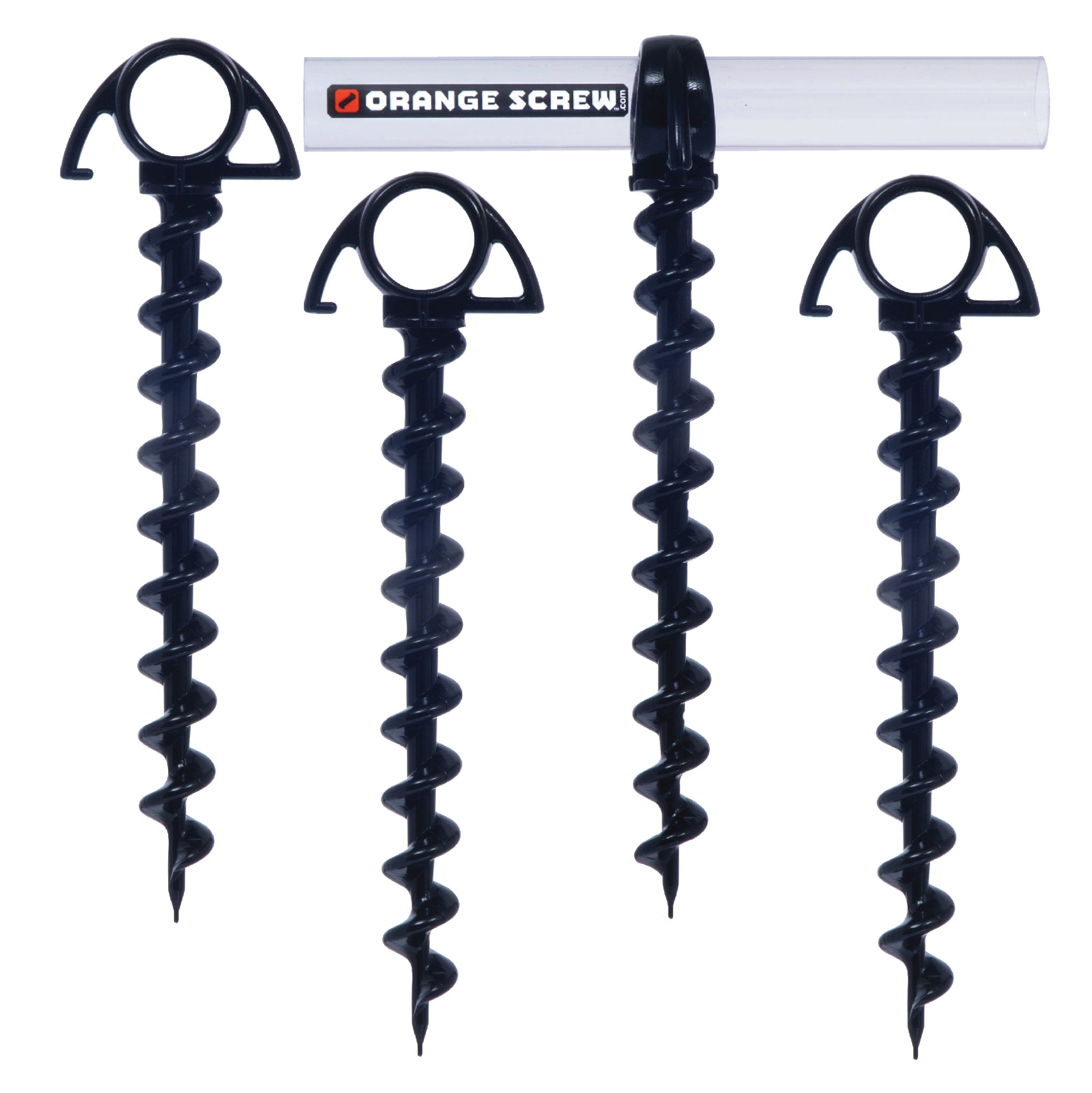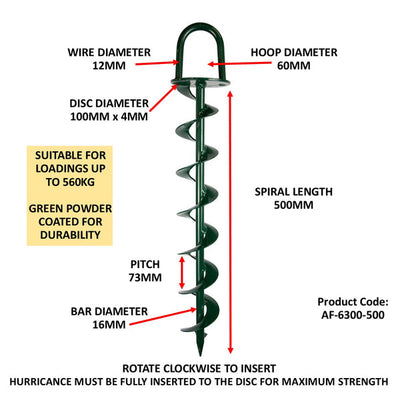Uncover the Benefits of Making Use Of Ground Support for Boosted Security
Ground supports are integral to enhancing security throughout various applications, especially in building and construction and outdoor events. Their capability to give support versus side forces makes them vital in challenging dirt conditions, supplying a reputable option during severe climate circumstances. Additionally, ground anchors are designed to minimize ecological effect and installation expenses, while accommodating certain task demands. As we discover the complex benefits of ground anchors, a critical inquiry occurs: what elements should be considered when selecting the most ideal kind for your task?
What Are Ground Supports?
Utilizing innovative design options, ground anchors are specialized tools developed to secure structures to the ground, supplying stability and assistance in numerous applications. These anchors are generally embedded deep right into the dirt and are used in a range of building and civil engineering tasks, including buildings, keeping wall surfaces, and bridges. By transferring the tons of a framework right into the bordering earth, ground anchors successfully combat pressures such as stress, shear, and side lots.
Ground anchors can be found in numerous kinds, including passive and active systems - Ground Anchor. Passive supports rely upon rubbing and the weight of the framework for stability, while active supports utilize tension to enhance their hold within the soil. Typical products for ground anchors include steel, which uses high tensile strength, and synthetic materials, which can supply rust resistance in details environments
The installment of ground anchors is an essential action in ensuring the long-term sturdiness of structures. Correct style and execution are important to accommodate variables such as dirt structure, ecological conditions, and lots demands. Consequently, ground anchors play an important role in maintaining the stability and safety and security of engineering tasks throughout varied settings.
Trick Benefits of Ground Supports
Ground anchors use several vital benefits that improve the security and longevity of structures in numerous engineering applications. One of the main benefits is their ability to supply extra support and resistance against lateral forces, such as wind and seismic activity. This raised security is important for keeping the integrity of frameworks, specifically in tough settings.
Additionally, ground anchors are versatile and can be used in a selection of dirt problems and terrain types. Their versatility permits designers to implement securing remedies customized to particular task needs, guaranteeing optimum efficiency. The setup of ground supports is normally much less intrusive and calls for marginal excavation, minimizing the ecological influence and building and construction time.
The long-term performance of ground anchors can lead to reduced upkeep demands, better boosting their financial stability. Jointly, these benefits position ground anchors as a dependable option for enhancing structural stability in engineering tasks.
Applications in Building And Construction
The adaptability of ground supports makes them invaluable in various construction applications - Ground Anchor. These supports provide important stablizing for structures, particularly in difficult soil problems or on sloped surfaces. They are frequently used in retaining wall surfaces, making sure that these frameworks can withstand side earth stress while protecting against dirt erosion
In foundation work, ground anchors are important for safeguarding short-lived structures, such as shoring systems, throughout excavation procedures. By supplying added support, they aid keep the integrity of surrounding buildings and avoid ground activity. Additionally, ground supports are employed in the building of bridges and towers, where they can soak up tensile loads and improve the total security of the infrastructure.
Additionally, ground anchors are indispensable in the installation of wind generators, where they check out here help anchor the turbine base against high winds and other environmental anxieties. Their flexibility permits for numerous styles, including helical, driven, and grouted anchors, tailored to specific site problems. Generally, the application of ground supports in building not only enhances safety but additionally adds to the long life of structures, making them an essential component in modern engineering practices.
Enhancing Outdoor Occasion Security
Guaranteeing stability at outdoor occasions is important for both safety and security and operational performance. Ground anchors offer a trustworthy service to protect momentary frameworks, such as camping tents, stages, and equipment, versus adverse weather and unforeseen disruptions. By using ground supports, occasion organizers can dramatically lower the danger of structural failing, which can result in injuries and accidents.
The execution of ground anchors plays a crucial role in keeping the stability of the event format. They can properly stabilize outdoors tents and covers, guaranteeing that they stay securely in place during gusty conditions. This not just protects participants yet likewise protects the devices and products within the occasion area.
In addition, ground anchors enhance the overall aesthetic of outdoor events. By original site eliminating the need for additional assistances or bulky weights, they develop a cleaner, more organized appearance. This is specifically vital for prominent events where visual discussion issues.
Selecting the Right Ground Support
Choosing the suitable ground support is crucial for achieving ideal stability and safety and security at exterior events. Numerous aspects should be taken into consideration when making this option, consisting of soil kind, environmental problems, and the certain needs of the structure being secured.
First of all, evaluate the dirt conditions where the support will be mounted. Sandy or loose dirt might require a various support kind compared to clay or rocky terrain. For circumstances, auger anchors work in loosened dirts, while deadman anchors give greater stability in firmer ground.


Next, assess the ecological problems, such as wind lots, prospective rains, and the general climate projection - Ground Anchor. Greater wind rates demand even more durable anchoring remedies to avoid movement or tipping of frameworks
Additionally, think about the weight and elevation of the frameworks entailed. Bigger canopies or outdoors tents will certainly demand heavier-duty anchors contrasted to smaller sized arrangements.
Verdict
To conclude, ground supports act as an important option for improving stability across numerous applications. Their capability content to offer additional support against side forces in challenging dirt problems makes certain the safety and security and honesty of structures. The flexibility of ground anchors allows for reliable usage in both temporary and irreversible setups, considerably decreasing ecological effect and setup prices. Ultimately, the fostering of ground supports represents a sensible choice for accomplishing optimum stability in building and outdoor settings.
